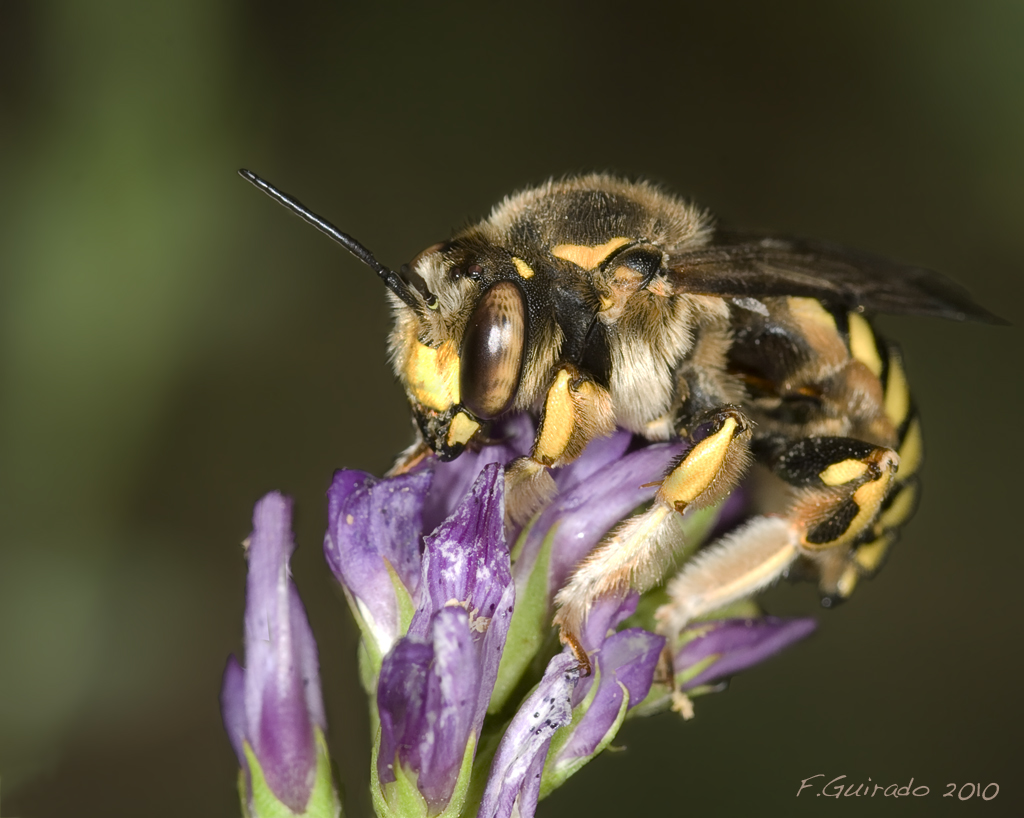The photo had been taken with a Sigma 105mm Macro lens, using all three macro extension tubes. I also used the Sigma macro flash EM-140.

Moderators: rjlittlefield, ChrisR, Chris S., Pau

Don't know about the EM-140 but on my 430EX Canon speedlite, I use a rectangular piece of plastic cut from a frosted water jug and it is held in place with stick on velcro strips. That way I can remove or replace the diffuser quickly as needed. It is flat, easy to stow in your gadget bag, and doesn't take up space, if any, at all.rumbert wrote:Thanks for your comments.
Do you know any configuration schema to apply a diffusor to the EM-140? Maybe overlapping a soft paper?